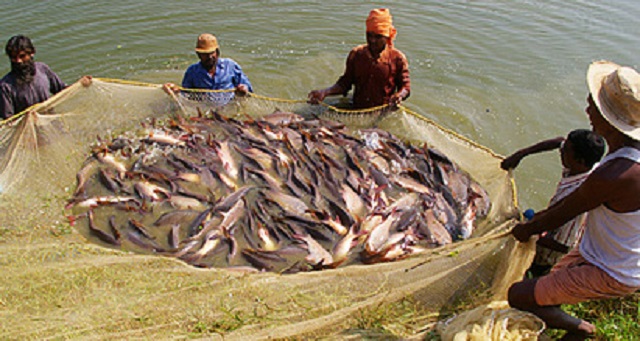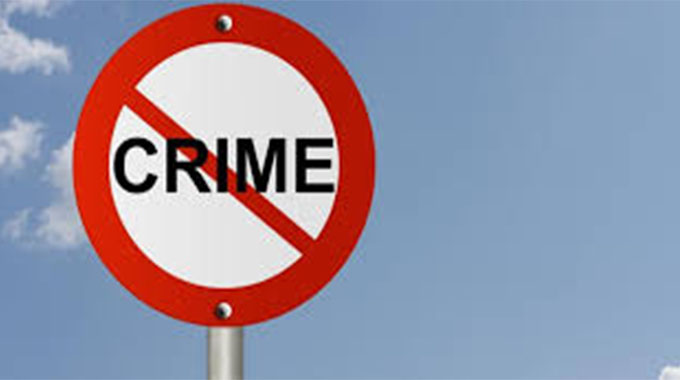EDITORIAL COMMENT: Fish farmers must be armed with skills to go commercial

Zimbabwe has the biggest freshwater fish farm in Africa, is endowed with the highest number of dams in southern Africa and has some of the best climatic conditions for fish farming, but has a small aquaculture industry.
The country did not have a formal association of fish farmers until March 2016 when the Zimbabwe Fish Producers’ Association was launched. Commercial fish farming and fishing occurs in only three dams out of as many as 45 that the country has. Lake Harvest, which farms fish at Lake Kariba is Africa’s largest fresh water farm. Others smaller operations are concentrated on the same dam and Zambezi River where they harvest the tilapia bream as well as kapenta. Estimates are that local farmers produce 18 000 tonnes of fish yearly yet the country needs 90 000 tonnes.
Therefore, the Blue Revolution — the rapid growth in fish farming worldwide — has largely by-passed Zimbabwe.
“Aquaculture — the world’s fastest growing food industry — can be developed into a major industry in landlocked Zimbabwe, at both small-scale and large-scale levels,” says the ZFPA.
“The country holds 60 percent of all dammed water in the Sadc region and boasts the largest freshwater fish farm in Africa; but less than five percent of the 400 000 hectares suitable for inland aquaculture is currently being utilised for fish production. Currently concentrated in commercial tilapia operations on lakes Kariba, Chivero and Darwendale, and rainbow trout farming around Nyanga, aquaculture remains largely undeveloped.”
The Government realises the potential that aquaculture possesses as a livestock sub-sector and has since last month, been distributing fingerlings under the National Command Aquaculture and Fisheries Programme. President Mugabe launched it when he commissioned Tokwe Mukosi Dam in Masvingo in May. Since then, ZimParks has planted 700 000 fingerlings in dozens of dams countrywide. On Tuesday, the authority stocked Insukamini Dam in Lower Gweru, Midlands with 10 000 young fish, taking the total number of fingerlings planted in three dams in the province to 110 000.
The distribution of the fish, mainly tilapia bream, is a good starting point no different from the yearly distribution of seed maize or seed cotton to crop farmers. Now the challenge is for the Government, working with the ZFPA, to again lead in the setting up of structures to manage the farming programme which is a new enterprise for most people.
Communities have to be conscientised on the fact that farming fish is like farming maize or cattle. You nurse them very diligently and don’t harvest them before they mature. You don’t harvest too much of them to the extent of depleting them. You don’t fish all-year round but during prescribed periods to give them time to breed and replenish the populations. You don’t fish in breeding zones as well.
We, thus expect to see the Ministry of Agriculture, Mechanisation and Irrigation Development and that of Environment, Water and Climate through ZimParks, in conjunction with other stakeholders such as the United Nations Food and Agriculture Organisation and the European Union-funded SmartFish conducting training workshops in communities where the fingerlings are being planted to arm the people with the skills to grow fish profitably and sustainably.
The Government and its partners are encouraged to also help in creating markets for the fish to be produced under the programme. This is already being done with command maize which is being bought by the Grain Marketing Board (GMB) and commercial millers. That is already being done with command cotton which is being bought by the Government through Cottco. The GMB will play the same role with command wheat. The fish can be exported unprocessed or as a finished product for the local and foreign market.
This takes us to another critical element in agriculture — that of value addition and beneficiation. While a portion of the harvest can be sold unprocessed, we suggest the creation of a processing industry, preferably in the communities where the fish would be harvested. This creates more job opportunities for locals who will earn improved incomes when they sell processed fish. We have no doubt that thousands of jobs will be created on the dams and in the downstream fish processing sector. People would benefit too if they make fish an integral part of their diets for it is probably the best source of protein.
“Aquaculture is a form of commercial farming that is non-consumptive in its use of water and can be integrated into crop production or other livestock farming,” says the ZFPA.
“Fish farming has an important role to play in Zimbabwe, in drought mitigation, agricultural production for sustainable livelihoods and food security, as well as contributing to economic development through processed fish exports.”
Interest must be stimulated too among other people, those living away from dams for them to build ponds on their properties where they can farm fish. But a regulatory framework for aquaculture is of great importance. The country does not have one yet. A framework specifically for fish production is critical in that it outlines the manner in which the work must be done as well as detailing standards to be followed and what action can be taken for those that violate the standards. We understand that the ZFPA has, over the past 15 months, done some work in that direction already.










Comments